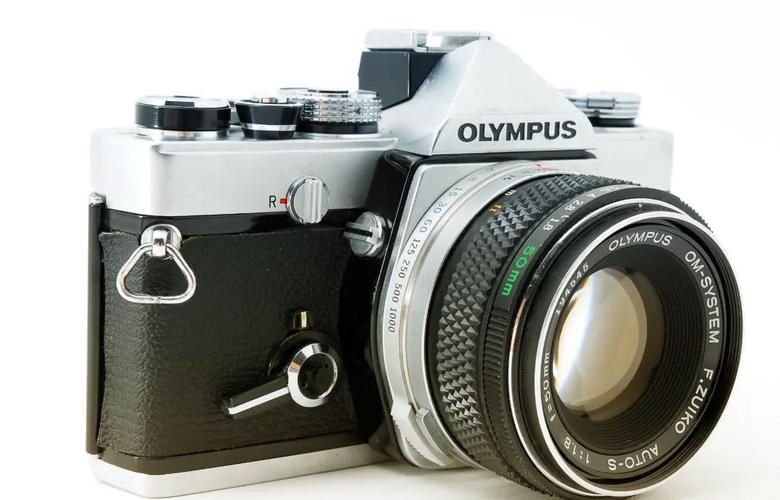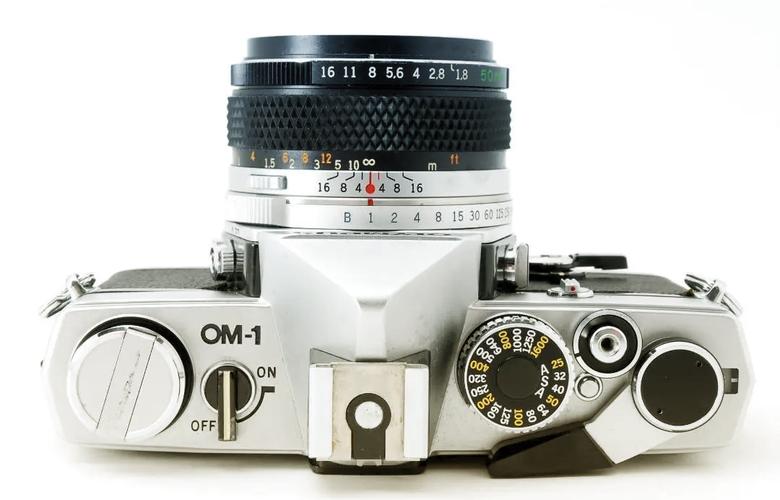Olympus OM-D Wiki: A Comprehensive Guide
The Olympus OM-D series is renowned for its exceptional performance and design, making it a favorite among photography enthusiasts and professionals alike. If you’re considering purchasing an Olympus OM-D camera, or simply want to learn more about this remarkable line of cameras, this guide is for you. Let’s delve into the details of the Olympus OM-D series, exploring its features, specifications, and the reasons why it stands out in the market.
History and Evolution
The Olympus OM-D series was introduced in 2012, and since then, it has undergone several iterations, each bringing new features and improvements. The original OM-D E-M5 was a game-changer, offering a compact, mirrorless camera with a Micro Four Thirds sensor and a robust build. Over the years, Olympus has expanded the series with various models, including the OM-D E-M10, E-M1, and E-M1 Mark II, each catering to different needs and preferences.

Design and Build Quality
One of the standout features of the Olympus OM-D series is its design. The cameras are known for their sleek, minimalist aesthetics, with a focus on durability and ergonomics. The bodies are typically made of magnesium alloy, ensuring a solid and robust construction. The cameras also feature weather-sealed bodies, making them suitable for outdoor photography in various conditions.
Here’s a brief overview of the design and build quality of some popular Olympus OM-D models:
| Model | Body Material | Weather Sealed |
|---|---|---|
| OM-D E-M5 Mark II | Magnesium alloy | Yes |
| OM-D E-M10 Mark III | Magnesium alloy | No |
| OM-D E-M1 Mark III | Magnesium alloy | Yes |
Sensor and Image Quality
The Olympus OM-D series is equipped with Micro Four Thirds sensors, which offer a good balance between image quality and size. The sensors range from 16.1 to 20.4 megapixels, providing ample detail for most photography needs. The cameras also feature a variety of image stabilization technologies, including in-body and lens-based stabilization, ensuring sharp images even in low-light conditions.
Here’s a comparison of the sensor specifications of some popular Olympus OM-D models:

| Model | Sensor Size | Effective Megapixels |
|---|---|---|
| OM-D E-M5 Mark II | Micro Four Thirds | 16.1 MP |
| OM-D E-M10 Mark III | Micro Four Thirds | 20.4 MP |
| OM-D E-M1 Mark III | Micro Four Thirds | 20.4 MP |
Performance and Features
The Olympus OM-D series offers a range of performance features that make them suitable for various photography genres. Here are some key features to consider:
- Fast Autofocus: The cameras feature fast and accurate autofocus systems, making them ideal for capturing moving subjects.
- Continuous Shooting: Some models offer high-speed continuous shooting, allowing you to capture up to 60 frames per second.
- 4K Video: The cameras can record 4K video at 30p, providing high-quality footage for your video projects.
- Art Filters: Olympus OM-D cameras offer a variety of art filters, allowing you to add creative effects to your images.
- Wi-Fi and Bluetooth: The cameras are equipped with Wi-Fi and Bluetooth connectivity, making it easy to transfer images and control the camera remotely.



